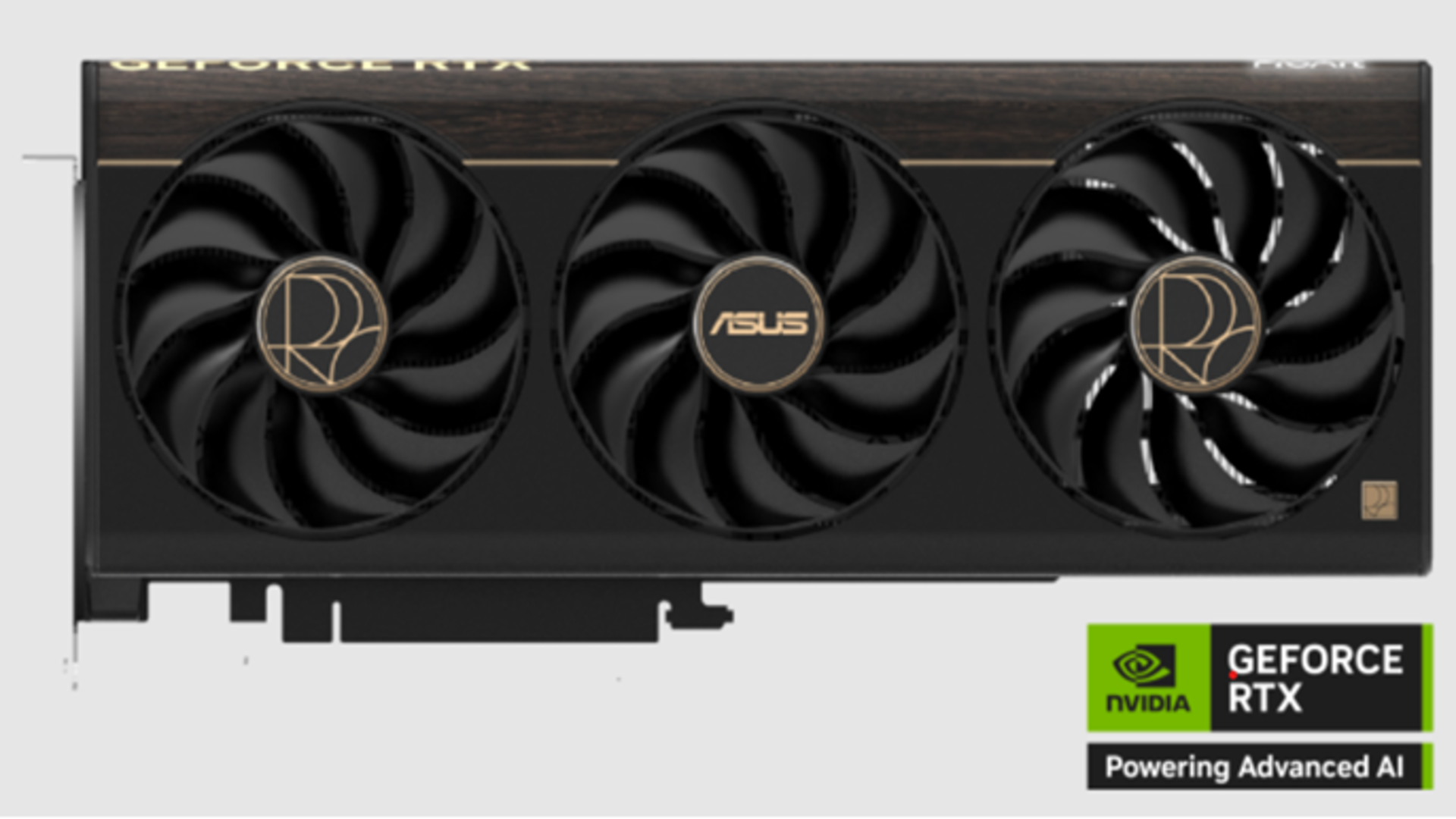
- Asus adds SSD storage to a graphics card, but the wood grain design steals attention fast
- USB-C and M.2 SSD support promise versatility
- Asus ProArt RTX 5080 offers compact form and power, but pricing will remain painfully high
Asus has unveiled its latest addition to the ProArt lineup, the GeForce RTX 5080, equipped with features designed to attract creatives.
The ProArt RTX 5080 stays true to Asus’ minimalistic design philosophy but introduces a new twist: a “noble dark wood grain” foil on the side of the card.
This wood pattern has sparked mixed reactions and does not sit well with many tech enthusiasts, but thankfully, it’s optional, as several other models of the same GPU do not use this design.
GeForce RTX 5080 offers more than aesthetic
Perhaps more relevant than the appearance is the ProArt RTX 5080’s standout technical feature: an integrated M.2 slot for SSDs.
Asus has tried this before with the RTX 4060 Ti, where unused PCIe lanes allowed an SSD to function without impacting GPU performance. But this time, implementation details remain murky.
The RTX 5080 is connected via a full 16 PCIe lanes, raising a fundamental concern. “Does an installed SSD permanently ‘steal’ lanes from the graphics card, thereby reducing its memory throughput?”
That’s a crucial question for professionals who need consistent performance in demanding environments like high-resolution video rendering or 3D modeling.
In theory, the built-in M.2 slot could allow faster workflows by directly offloading high-bandwidth assets onto the GPU cooling system.
Asus claims the SSD will “boast PCIe Gen 5 speeds and effectively dissipate heat to the card’s heatsink for cooler temperatures.”
If the heat management works as promised and performance isn’t compromised, this could be a game changer for creative setups, especially those looking for the best monitor for video editing or the best monitors for Photoshop, where fast file access is paramount.
A USB Type-C port also makes its debut on this card, a notable addition for anyone building a workstation around flexibility.
It opens up new use cases, especially for professionals using modern displays and peripherals. For creatives using the best monitor for Mac Mini, which often relies on USB-C for streamlined connectivity, this is a welcome development.
Despite its compact 2.5-slot form factor, Asus promises top-tier cooling with a vapor chamber, phase-change thermal pad, and axial-tech fans.
Combined with the MaxContact surface and Auto-Extreme manufacturing process, the ProArt RTX 5080 reads like a technically thoughtful card on paper.
But pricing remains a sticking point. The “cheapest” custom cards are quite expensive, thus, the premium top-of-the-line cards are even harder to bear.







Leave a Comment
Your email address will not be published. Required fields are marked *